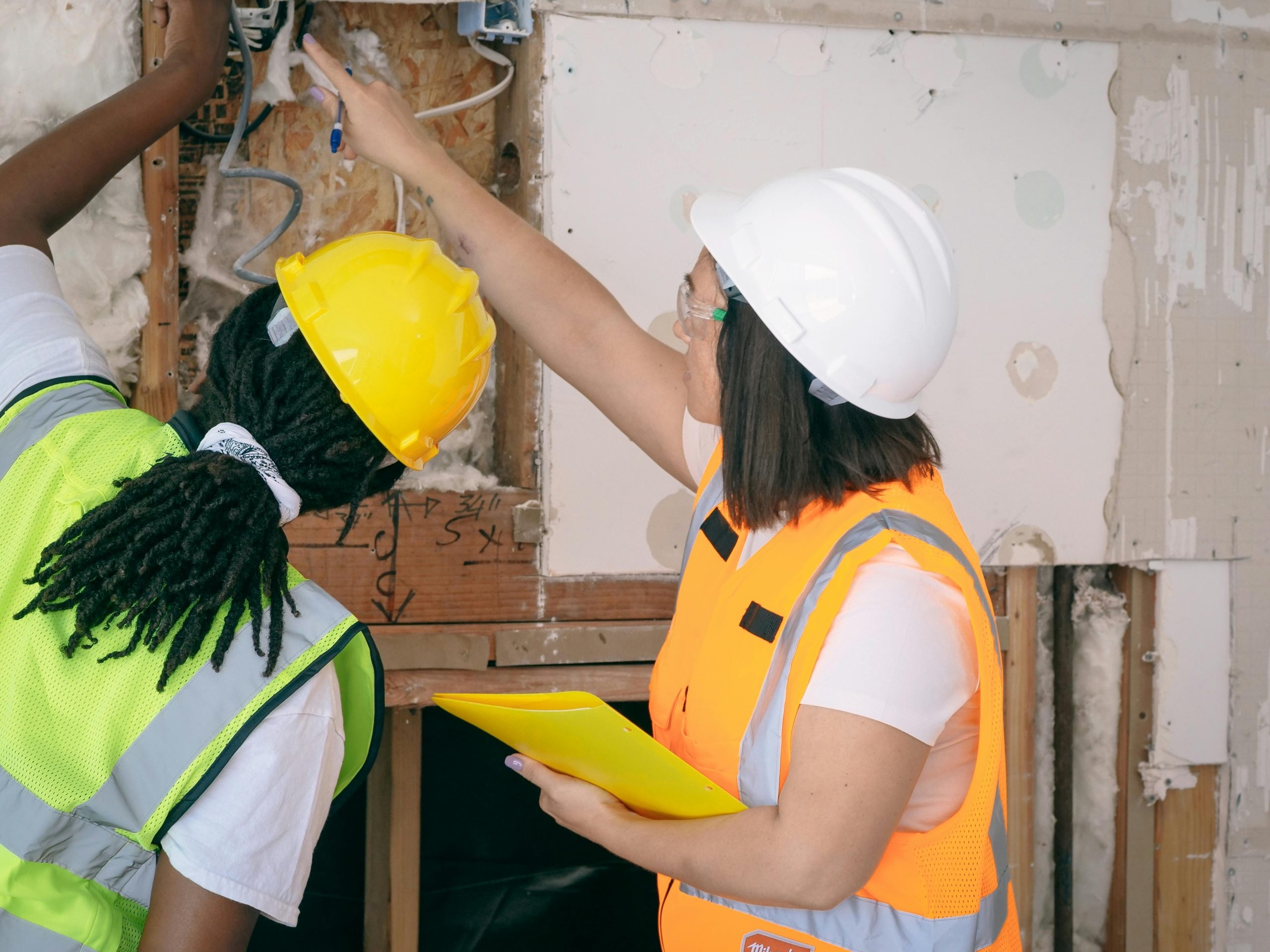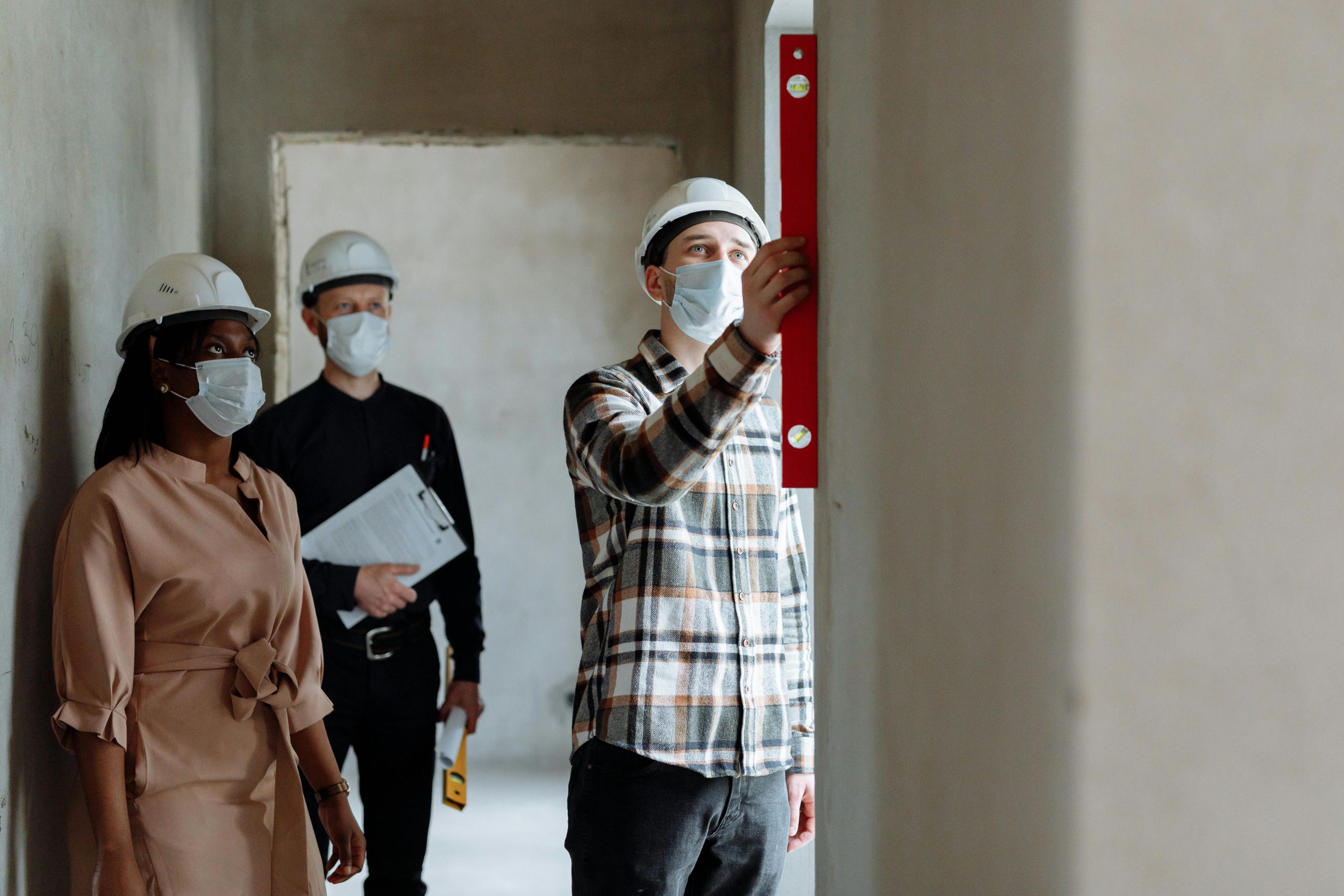Overview of RAAC
Reinforced Autoclaved Aerated Concrete (RAAC) gained prominence in the construction industry due to its unique blend of lightweight properties, energy efficiency, and cost-effectiveness. Developed as a variant of Autoclaved Aerated Concrete (AAC), RAAC has found its way into various building types, offering advantages in terms of design flexibility and construction efficiency. However, as with any construction material, it is critical to be aware of the potential safety concerns associated with RAAC.
When Was RAAC Used?
RAAC was used between the 1950s and the 1990’s. And the material is found to have properties that have the potential to deteriorate over 40 – 50 years.
Safety Concerns with RAAC
- Historical Concerns:
The history of RAAC is marked by safety concerns that came to the forefront in the late 20th century. In 1996, the Building Research Establishment (BRE), a UK government-owned public body, published a report highlighting excessive deflections and cracking in RAAC roof planks. These issues were not isolated; they extended to housing developments and school installations, prompting worries about the structural integrity and life expectancy of RAAC.
- Structural Safety Assessment:
In response to these concerns, the Standing Committee on Structural Safety (SCOSS) published a report in 1999, advising building owners, including schools, to arrange for inspections of pre-1980 RAAC plank roofs. While it was generally recognized that RAAC planks deteriorated over time, the risk to structural safety was considered minimal. This led to a government-initiated three-year school inspection program.
- RAAC Roof Collapse (2018):
The period of relative quiet regarding the risks of RAAC was disrupted in July 2018 when the roof of Singlewell Primary School collapsed unexpectedly. The collapse involved the flat roof above the school staff room, causing damage to toilets, computers, and furniture. Astonishingly, signs of structural stress had only become apparent 24 hours before the roof gave way.
Fortunately, the collapse occurred over a weekend when the school was unoccupied, and no injuries were reported. However, the school had to close for a week for repairs. This incident prompted the Department for Education (DfE) and Local Government Association (LGA) to issue warnings about RAAC risks to building owners, urging them to inspect RAAC roofs, walls, and floors urgently.
It became evident that RAAC could fail without displaying any visual signs, underlining the need for proactive safety measures.
- Safety Alerts and Recommendations:
In the subsequent years, SCOSS issued safety alerts, emphasizing that "pre-1980 RAAC planks are now past their expected service life" and recommending their replacement. Findings from surveys of buildings revealed a range of issues with RAAC, including water ingress, cracking, spalling, and surface corrosion in RAAC beams.
Several case studies pointed to primary deficiencies such as incorrect cover for reinforcing steel, high span-to-depth ratios, inadequate crossbars to anchor longitudinal steel, roof membrane waterproofing failure, and rapid corrosion of local steel. In the case of the 2018 RAAC failure, evidence of shear cracking near a support and indications of steel reinforcement falling short of that support were observed.
The roof had recently undergone resurfacing, potentially leading to increased heat absorption and thermal movement in the steel, which could have contributed to planks deflecting and ultimately failing, particularly during periods of hot weather.
Preventing Safety Issues with RAAC
In light of the historical concerns and recent incidents, addressing safety concerns associated with RAAC is of paramount importance. Key steps include:
- Regular Inspections: Routine inspections should be conducted to detect signs of weakening, corrosion, and cracking.
- Proactive Maintenance: Implementing proactive maintenance practices can help identify and address structural issues before they become critical.
- Adherence to Industry Standards: Ensuring that RAAC structures are designed and constructed in accordance with established industry standards and best practices is essential for their safety and longevity.
- Risk Assessments: Conducting comprehensive risk assessments can help evaluate potential hazards and develop strategies for managing and mitigating them.
- Government Oversight: Government bodies and relevant organizations play a vital role in setting safety standards and conducting inspections to ensure public safety.
Who Can Complete Structural Surveys for RAAC Issues?
Structural surveys for RAAC issues should be conducted by an appropriately experienced Chartered Structural Engineer or Chartered Building Surveyor.
If RAAC is identified or suspected, then it will need to be inspected and surveyed for structural integrity, again by an experienced Chartered Structural Engineer or Chartered Building Surveyor.
If you need Health & Safety Advice you can contact us on 033 33 215 005 or email websiteenquiries@wirehouse-es.com






